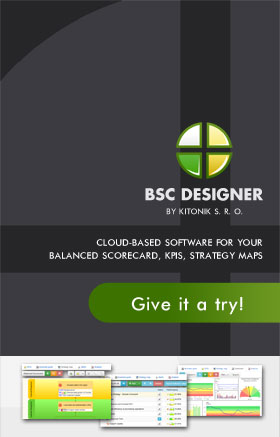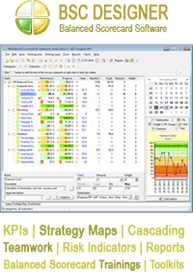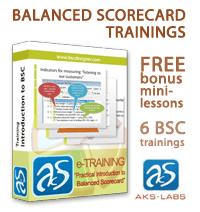How Balanced Scorecard for Education Evaluation Should Be
As the number of enrollees increases and educational inputs become more demanding each year, an educational organization must find ways to make its goals and strategies work. Measuring, as most experts say, is one of the top ways to know whether an institution trails on the right track. The balanced scorecard for education evaluation is the fitting method to evaluate how far and how effective the school has gone in terms of educational inputs.
This balanced scorecard is actually a strategy management system. Colleges and universities across the continental US and around the world use this tactic to improve an already established institution-wide planning process. Just like most scorecard systems, the education evaluation scorecard system interprets the goals and strategies of the institution into a comprehensible and measurable set of indicators. Most of these indicators, nonetheless, have direct link to the strategies and goals. The balanced scorecard system actually serves as the transportation channel between decision making and effective implementation of performance communication, goals tracking, and strategy measurement.
Most education evaluation managers would wonder why experts call it a “balanced” scorecard. What does actually make a scorecard truly “balanced”? Well, as a starter, an education evaluation scorecard system utilizes a group of core yardsticks or indicators that characterize and gauge institutional effectiveness. In order for the scorecard system to become objective, it needs to cover four important areas of the educational organization: external stakeholder, internal stakeholder, innovation and growth, and operational-financial performance. When there is presence of all these areas, only then can a scorecard become truly “balanced”. It is the only way that it can identify what the school should apply or use in order to improve performance. It is the single way also to know which indicators tell the effectiveness of an input.
The internal process of an education evaluation balanced scorecard involves the process of inputting, managing, processing, and analyzing data. The right term for a collective amount of raw data is benchmarking. It is the result of the collaboration in research, negotiation, and analysis of each college department or administrative section. Each section in the organization should have its own set of goals, especially those who are involved in the academic side. In order to meet these goals, the benchmarks will serve as keys to adjusting and assessing strategies.
For a manager to be effective in creating partial and practical benchmarks for evaluating educational performance of the institution, he or she must give focus on every area of the organization.
For instance, in the external stakeholder perspective, the benchmarks that the manager can most likely use are student access and success, outreach, marketing, and connections to the academic communities. In the internal stakeholder perspective, the manager may include effective communication, secure and safe campuses, and integrated planning and performance measurement.
Under the financial and business perspective, the possible benchmarks are as follows: updates on facilities, appropriate replacement of school equipment, updating of the school facility, and practical and comprehensive resource planning strategy. For growth and innovation perspective, the manager may cover coordinated and unified programs for teaching staff development, and innovation in delivering education modules, services, and programs.
Schools can use other possible benchmarks in their balanced scorecard for education evaluation. The idea is to cover every important area of the institution and to come up with indicators that are timely, balanced, measurable, and practical.
—
If you are interested in balanced scorecard for education evaluation, check this web-site to learn more about roi for education evaluation.


